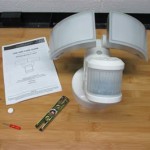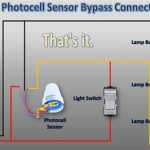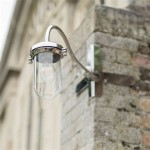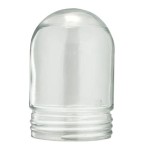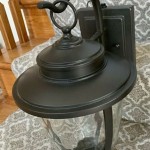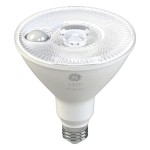Outdoor Light Bulbs That Do Not Attract Bugs
Outdoor lighting is essential for enhancing the beauty and functionality of any outdoor space. However, traditional light bulbs can attract swarms of pesky insects, ruining a peaceful evening or deterring guests from enjoying the ambiance. Fortunately, advancements in lighting technology have led to the development of outdoor light bulbs that minimize insect attraction, allowing you to illuminate your surroundings without being overrun by bugs.
Understanding Insect Attraction to Light
Insects are drawn to light due to a phenomenon known as phototaxis. Many insects, particularly moths, use the moon and stars for navigation. Artificial light sources, especially those with a specific wavelength range, can confuse insects into believing they are celestial bodies. This leads them to fly towards the light, often congregating in large numbers.
The wavelengths of light that most strongly attract insects are typically in the ultraviolet (UV) and blue spectrum, often found in traditional incandescent and fluorescent bulbs. By altering the spectral output of light bulbs, manufacturers can reduce insect attraction without compromising the luminance or ambiance.
Types of Bug-Repellent Outdoor Light Bulbs
Several types of light bulbs are designed to minimize insect attraction. These include:
1. Amber and Yellow Bulbs
Amber and yellow-colored bulbs emit light with a lower UV and blue content, making them less attractive to insects. While these bulbs may not be as bright as white bulbs, they provide a warm, nostalgic glow that is suitable for accent lighting or pathways.
2. LED Bulbs with Low Blue Light Output
LED bulbs offer significant energy savings and longer lifespan compared to traditional bulbs. Many LED bulbs are specifically designed to reduce blue light emissions, making them less appealing to insects. These bulbs come in various color temperatures, including warm white, neutral white, and cool white, allowing you to choose the desired ambiance for your outdoor space.
3. Sodium Vapor Lamps (High-Pressure Sodium)
High-pressure sodium (HPS) lamps are known for their high efficiency and longevity. They emit a yellow-orange light that is less attractive to insects than traditional white light. HPS lamps are commonly used for street lighting and other large-scale applications.
4. Bug Zappers (Electrocuting Devices)
While not technically a light bulb, bug zappers are often used to control insect populations. These devices attract insects with a high-intensity UV light and then electrocute them. However, bug zappers can pose a risk to birds and other wildlife, and their effectiveness in reducing overall insect populations is debatable.
Considerations When Choosing Bug-Repellent Bulbs
When choosing bug-repellent outdoor light bulbs, it is essential to consider the following factors:
1. Light Color Temperature
The light color temperature of a bulb is measured in Kelvin (K). Warm white bulbs (2700-3000K) provide a warm, inviting glow, while cool white bulbs (4000-4500K) offer a brighter, more modern feel. The choice of color temperature will depend on the desired ambiance and the surroundings.
2. Light Output
The light output of a bulb is measured in lumens. Higher lumen ratings indicate a brighter light. The required light output will vary depending on the size and purpose of the outdoor space. For pathways and walkways, a lower lumen output may suffice, while larger areas may require higher lumen output.
3. Bulb Type and Compatibility
Ensure that the chosen bulb type is compatible with the existing light fixtures. Some fixtures are only compatible with specific bulb types, such as screw-in (Edison) or bayonet (BA) bulbs. Additionally, check the bulb's wattage rating to ensure it matches the fixture's specifications.
4. Energy Efficiency
LED bulbs are known for their energy efficiency and can significantly reduce energy consumption compared to traditional bulbs. Choosing energy-efficient bulbs not only saves money on your electricity bill but also reduces your carbon footprint.
By understanding the principles of insect attraction to light and the various types of bug-repellent bulbs available, you can illuminate your outdoor space without attracting unwanted pests, creating a more enjoyable experience for yourself and your guests. Remember to choose the right bulb type, color temperature, and light output to suit your needs and preferences.

Do Led Bulbs Attract Insects And Bugs E Green Electrical

Do Led Lights Attract Bugs Hanron Lighting

Do Led Lights Attract Bugs Super Bright Leds

Do Led Lights Attract Bugs Outdoor Lighting

Do Yellow Bug Light Bulbs Work 1000bulbs Blog

Do Led Lights Keep Bugs Away Light Colors To Reduce Insects

Outdoor Lights That Don T Attract Bugs

How To Find Outdoor Lights That Don T Attract Bugs Decorating Elves

How To Keep Bugs Away From The Porch Light 5 Ways

Do Led Lights Attract Bugs Science Backed Answer Lighting Info
Related Posts
